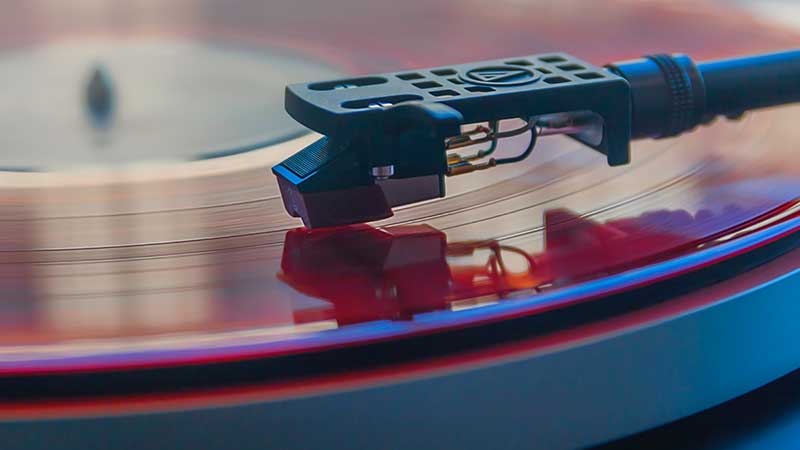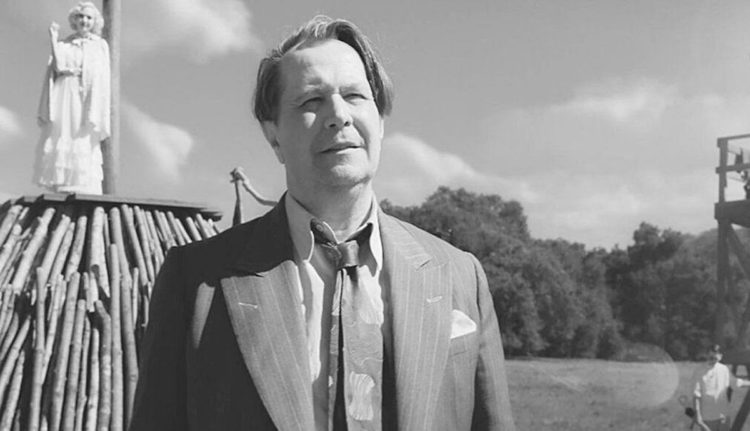For the first time since the 1980s, vinyl records have outsold their contemporary counterpart, CDs. This may seem like a minor interesting fact, but the implications are vast. How can such an archaic form of media outlive its faster and, arguably, easier to use successor? Vinyl records have been around since the 1880s. For more than a century, they have allowed music lovers of every economic class the opportunity to enjoy music. Being ever industrious, audiophiles came up with new ways to deliver music to the masses, so we can listen wherever and whenever we want. From wax to vinyl, from 8-track to cassette, each evolution delivered more variety and clearer reproduction, and freed us from the limitations of a DJ/radio format.
With the digital age, in 1982 CDs made their way onto the scene. They effortlessly became the most popular medium, mainly due to their convenient size and squeaky clean sound quality (a little too clean, as it turns out, as vinyl records have more organic “feel” due to the sound of the needle on the track). But the CD industry (and most music executives) couldn’t completely prepare for the next phase of music media: digital streaming (thanks, Napster… we think). Now people all over the globe have pocket-sized devices connecting them to the internet, and offering constant virtual access to every kind of music. It seemed only logical, if not inevitable, that physical music distribution media was doomed. Records were overtaken by 8-tracks, which were felled by cassettes, which were bested by CDs, to then be replaced by streaming. Who could have guessed we would circle back to our roots and find musical solace via our hundred year old great-granddad – the vinyl record?
This begs the question… why? What gives this older and more humble means of appreciating music such an allure over its successors? The answer, we believe, is simple: ritual. There is a certain charm, a very unique sense of quality that can only exist with wax/vinyl records. In order to enjoy your album, you must have the right equipment, and at least a small amount of space dedicated to that equipment, as well as the records themselves. There are wires, speakers, and a physical connection with working the mechanism. Sure, streaming services give you convenience and quantity. You can skip to any track, on any album, from whatever artist you desire at that moment. With a record, however, you savor the time to experience each piece in the story. Skipping tracks is significantly harder, so you are more apt to allow the flow of the full creation, the way the artists intended. Selecting an album from your collection, placing it on the record player and setting the needle down is an experience – a tactile form of interacting with the music that streaming or popping in a CD cannot replicate. It’s personal, intimate, and it connects you to the process.
Vinyl records will remain because they allow us to enjoy the often forgotten part of music: the interaction and ritual of being a part of the mechanism that brings it to life. Devoting time, money and space allows us to offer music and musicians much deserved respect. It calls us to be a part of the experience and to set time aside to enjoy it. Our love of vinyl proves that physical media can stand the test of time, as does our need to personally connect to music and art.
RIP Eddie Van Halen – 1/26/55 to 10/6/2020
By Amy Zabel-Nordstrom and Nathan Felmer





